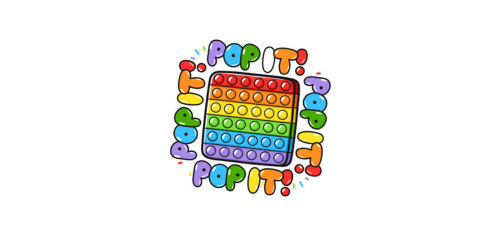
The Simple Yet Frustrating Mechanics That Hooked Millions of Flappy Bird
The mobile gaming world was forever changed when Flappy Bird burst onto the scene in 2013, creating a phenomenon that saw millions of players hopelessly addicted to its simple yet maddening mechanics. Designed by Vietnamese developer Dong Nguyen, this seemingly straightforward game quickly gained notoriety for its pixelated graphics and relentlessly challenging gameplay. As players continuously tapped their screens to guide a tiny bird through a maze of green pipes, it became evident that the true charm of Flappy Bird lay not just in its simplicity, but in the frustration that ensued. This blog post delves into the captivating mechanics that made Flappy Bird a go-to game and highlights the intriguing Flappy Bird Shop, which enhanced the player experience even further.
The Allure of Simplicity
Flappy Bird's mechanics were deliberately minimalist. Players only needed to tap the screen to make the bird flap its tiny wings, which would lift it momentarily before gravity set in. Despite this simplicity, the challenge was profound; players had to navigate their bird through a series of pipes that resembled obstacles in a Mario game. The control dynamics, whereby a single tap governs the bird's flight, created a need for precision in timing, making every tap count. This potent combination of simplicity and challenge meant that players could quickly understand the game but would face immense difficulty in mastering it. The straightforward premise was appealing to players of all ages, and it encouraged them to sink countless hours into achieving a better score.
The Frustration Factor
What truly hooked players was the frustration that came with each attempt to improve their score. The mixture of addictive gameplay and punishing mechanics kept players coming back for more. Every failed attempt had players grappling with their frustrations, yet many felt motivated to try again, promising themselves that their next attempt would yield better results. Nguyen cleverly designed the game to be punishing yet fair—players could always reflect on their mistakes, analyze what went wrong, and learn from them. The social aspect amplified this by encouraging competition among friends and family to see who could score higher, intensifying the motivation to play just one more round.
The Flappy Bird Shop Phenomenon
The Flappy Bird Shop was introduced as a platform for players to acquire unique items that would enhance their gaming experience. While the game itself was free, the shop provided players with the opportunity to buy themed skins, additional characters, and even helpful power-ups to make the game somewhat easier or just a bit more exciting. This injected an extra layer of customization and personalization into the game, allowing players to showcase their individual styles. The Flappy Bird Shop capitalized on the obsession that the game created by adding a sense of community; players could share their customized birds with friends on social media and showcase their unique purchases, further entrenching the game's place in pop culture.
The Cultural Impact and Legacy
Ultimately, Flappy Bird transcended the realm of mobile gaming and became a cultural touchstone, influencing the design of countless other games in its wake. The addictive mechanics inspired a multitude of clones and spin-offs, all seeking to replicate the success of Nguyen’s original creation. The simplicity and frustration that defined Flappy Bird are traits that resonate in many modern games, highlighting the delicate balance between addictive gameplay and challenge. The Flappy Bird Shop also set a precedent for how in-game stores could operate, offering a glimpse into future mobile gaming monetization strategies. As the mobile gaming landscape continues to evolve, the legacy of Flappy Bird serves as a reminder that sometimes less is truly more.
